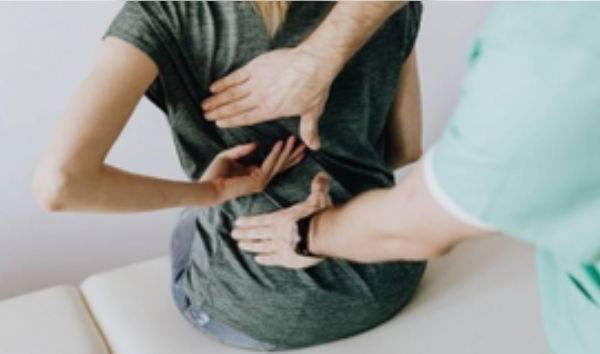Health
Why women experience more chronic pain due to bone and joint issues

New Delhi, Aug 4
Bone and joint issues are increasingly common, especially in females and on National Bone and Health Joint Day, experts highlight the different causes and effects in males and females, necessitating tailored treatment approaches.
For males, higher participation in contact sports, occupational hazards, and lifestyle choices such as poor diet and smoking contribute to bone and joint issues, while in females, hormonal changes, autoimmune diseases and lower calcium and vitamin D consumption are primary contributors, which necessitates tailored changes for both genders during treatment.
"Males may be more susceptible to sports-related injuries, but females may experience chronic pain issues with long-term consequences. Both genders have unique problems in terms of bone and joint health. Males may sustain acute injuries, whereas females are frequently impacted by chronic illnesses caused by hormonal shifts. Understanding these disparities is critical for designing effective treatment options that are tailored to the unique needs of each gender. Recognising the intricate interaction of factors that influence pain in bone and joint health is critical for encouraging improved health outcomes for all," Dr Aprameya Joshi, Orthopaedic at Ruby Hall Clinic, told IANS.
Indians, particularly postmenopausal women, are at high risk of osteoporosis and osteoarthritis due to a deficiency in vitamin D, crucial for bone health. To prevent severe issues, it's essential to seek medical help early, ideally at the first signs of weakness or bone pain. Ensuring high levels of vitamin D and vitamin B12 is the key to preventing joint problems.
"70-90 per cent of the Indian population is estimated to have a deficiency in vitamin D, which is critical for bone health. Postmenopausal women are particularly at high risk, with 1 in 3 women over the age of 50 suffering from osteoporosis. Women, particularly postmenopausal women, are more susceptible to osteoporosis and osteoarthritis. To prevent such outcomes, ensure high levels of vitamin D (ideally between 80 and 90) and vitamin B12," Dr Debashish Chanda, Lead Consultant, Orthopaedics & Joint Replacement, CK Birla Hospital, told IANS.



































